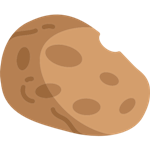Fun Facts About Mars’ Small Lumpy Moon Deimos
Learn All About Deimos!
You’ve come to the right place to learn fun facts about one of Mars’ small moons - Deimos. It’s quite different from Earth's Moon and much smaller, but it does have some things in common – like having craters on its surface! Here are some of the major, and most interesting, facts about Deimos you just have to read about!
Interesting Facts and Information!
- Deimos (and Phobos) was discovered way back in August 1877 by an American named Asaph Hall. The name he gave for the newly discovered moon came from the Greek personification of dread (and fear for Phobos). Both the sons of Mars in ancient Greek and Roman mythology!
- Deimos is about half the size of Mars’ other moon, measuring 15 x 12.2 x 11 km and whizzes around Mars in only 30.3hrs (at an average distance of 23,460km) which is much quicker than Earth’s Moon orbits the Earth!
- From the surface of Mars, Deimos would look quite small (mainly because of its small size), only about as big as Venus does in the night sky! You’d also notice the little moon rises in the east and sets in the west unlike its brother Phobos!
- Technically Deimos also passes in front of the sun quite regularly, but because it is so small, it appears more like a transit than a solar eclipse.
- If you were on the surface though, you’d have to take a hat and scarf as it’s really cold! The sunlit side only gets to −5°C (23°F) and in the shadows, it’s −110°C (−165°F). Oh, and you need a spacesuit as there’s no atmosphere!
- To leave the surface of Deimos though, all you’d need to do is jump really fast as the little moon only has an escape velocity of 5.6m/s! That’s crazy isn’t it?!
- If you want to see Deimos in orbit around Mars though you better be quick as in several million years time, the moon will likely drift off into space because it’s orbit is slowly getting larger due to tidal acceleration.
- The little moon closely resembles an asteroid, and you’ll agree if you look at the pictures below, which is smooth in places and has craters in others. Scientists believe it’s quite smooth because the rocks that lie over its surface are filling many of its craters.
- The largest craters on Deimos have been named Voltaire and Swift after two 18th century writers that predicted the existence of Mars’ two moons!
- It may also resemble an asteroid because some planetary astronomers believe it used to be one from the asteroid belt (similar to a C-type) before it strayed too close to Mars and Mars captured it! However, if this happened it likely occurred in the very distant past!
- There hasn’t been a space mission specifically sent to study Deimos and Phobos, but several spacecraft have taken images such as Mariner 9, the Viking Orbiters, the Mars Global Surveyor, 2001 Mars Odyssey and the Mars Reconnaissance Orbiter
- The Russian space agency attempted two missions which launched in 1988 to study Phobos and potentially Deimos, but unfortunately, both eventually both failed.
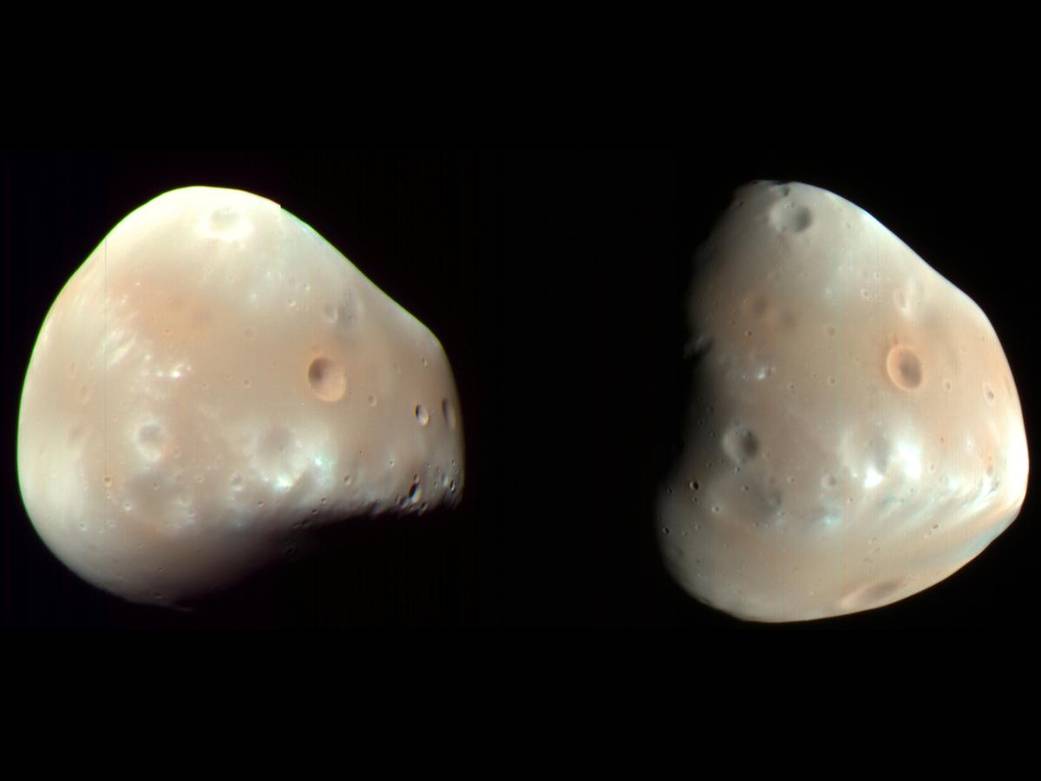
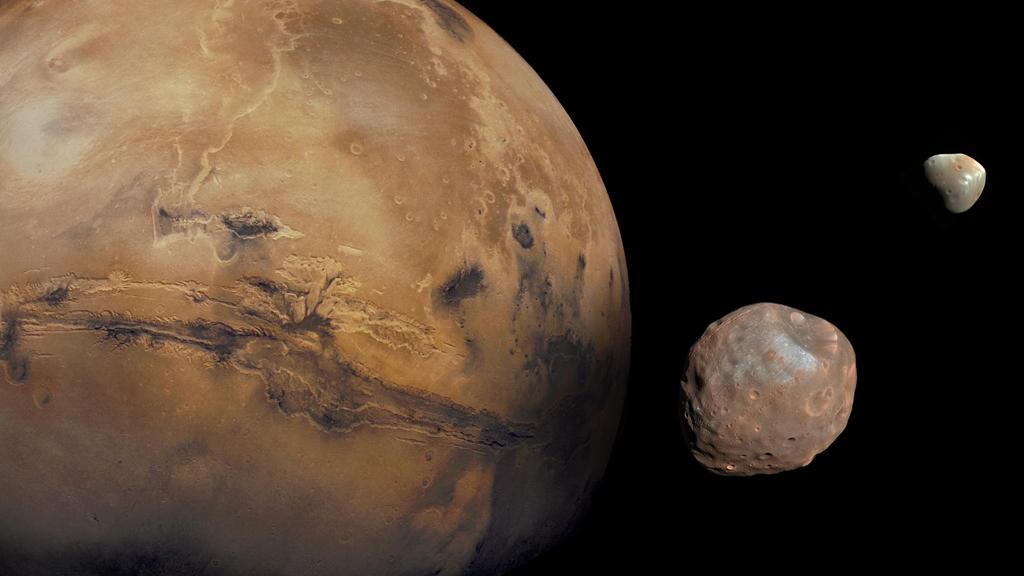
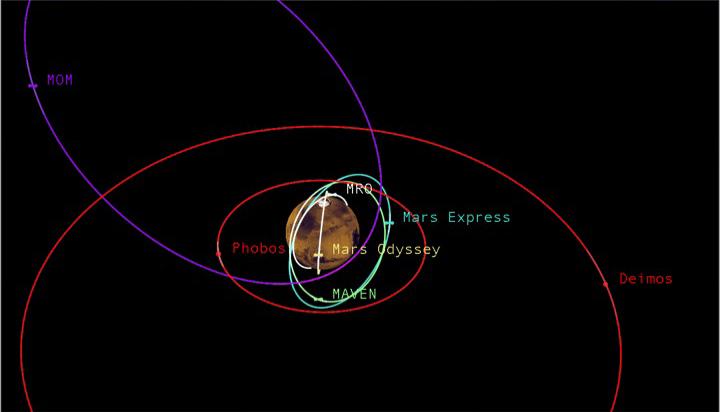
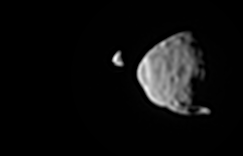
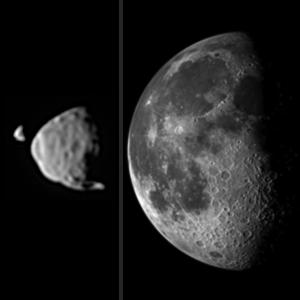
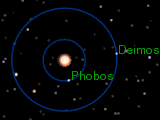
Deimos
Mars And Its Moon
Mars Orbiter Orbits
Mars Moons
Mars Moons
Orbits of Phobos and Deimos

